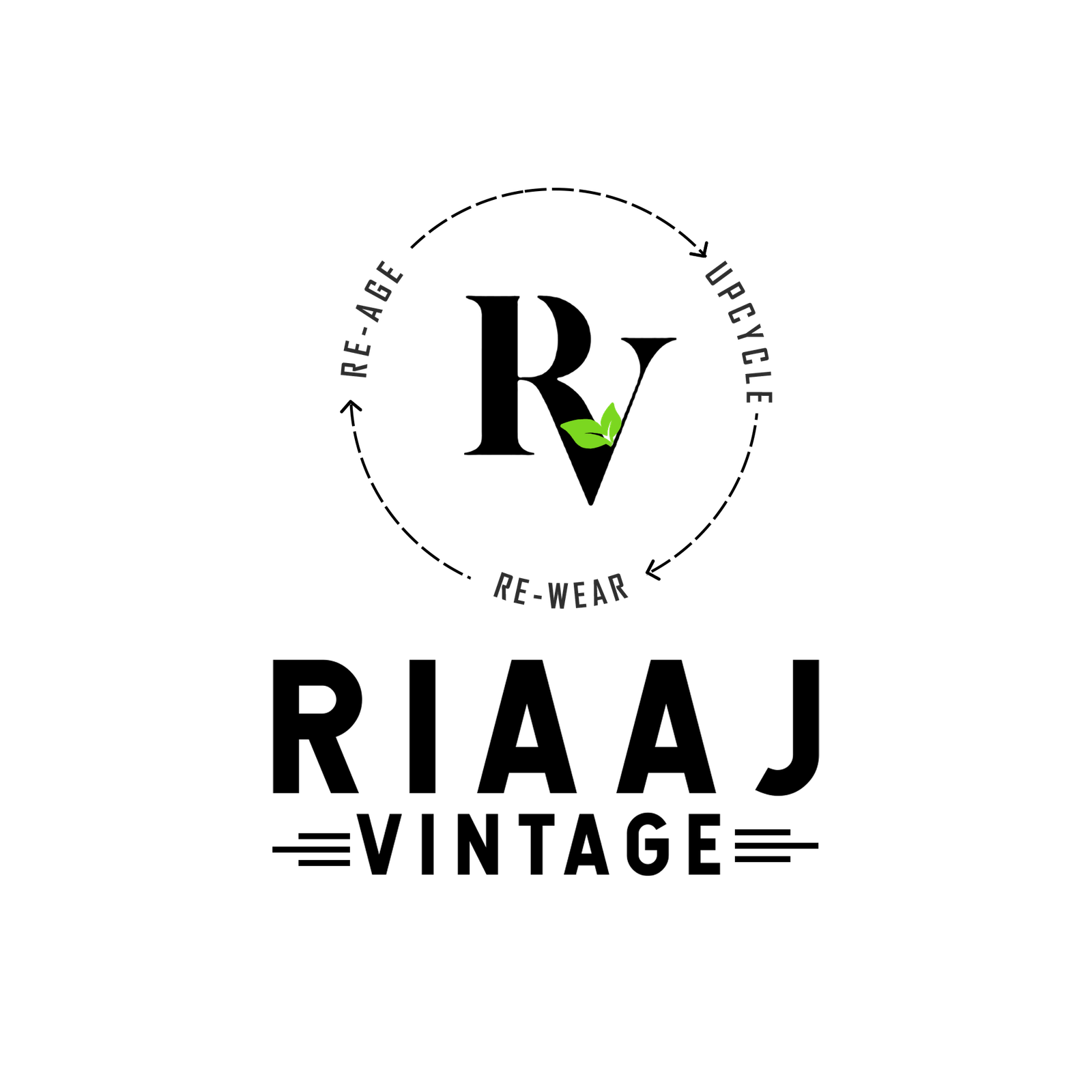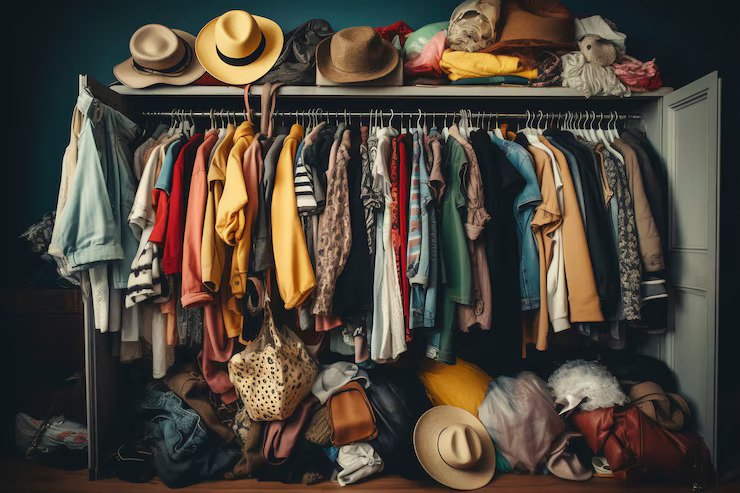The red carpet at the 2024 Oscars and Grammys shone a light on how the ‘old’ is now ‘new’. While Carey Mulligan posed in an outfit inspired by a design from the 1950s, Miley Cyrus channeled the 1970s in a vintage Bob Mackie dress. Like celebrities, fashion divas all over the world are now embracing vintage fashion, too. It’s about time you too take a closer look at what vintage clothing is all about and the different types of vintage clothing available.
What are vintage-type clothes?
An outfit you bought last season can’t be categorised as vintage. In general, to be tagged ‘vintage’, the outfit can’t belong to the current decade. At present vintage-type dresses typically refer to outfits produced between the 1920s and the 1990s. Anything older than that falls into the antique clothing category. As you would imagine, those dresses are too fragile and delicate to be brought out again.
An outfit from the 1950s isn’t likely to still be in its original packing with tags – it’s probably been worn by a fashionista like you. In essence, while the terms aren’t synonymous, many vintage-type dresses are pre-loved.
Why is vintage clothing popular?
There are two main reasons today’s fashion divas are raiding vintage stores.
The first has to do with the uniqueness of vintage clothing. When you shop from modern fashion retail brands, there is a high chance you might run into someone else wearing the same outfit. The chances of this happening with vintage dresses is next to none. Not only were these dresses made in fewer numbers, many were handmade. Thus, it’s possible your vintage jacket is really one of a kind.
Sustainability is the second and more important reason for the surge in the popularity of vintage clothes. Unlike today’s fast fashion, vintage dresses are made with higher-quality material, and shopping for one results in less ecological damage.
Vintage-type clothing by the decade
Fashion is constantly evolving and outfits from each decade have characteristic details. Knowing these details makes it easier to style outfits by era.
The swinging 1920s
The 1920s are often called the Roaring 20s! It’s a decade marked for its extravagance. The types of old-fashioned dresses from this decade typically sport short hemlines, straight silhouettes, fringes, tassels, and sequins. Men’s outfits from this decade are often cut from tweed and herringbone fabrics.
The simpler 1930s
In a sharp contrast to the 1920s, fashion took on a much simpler attitude in the 30s. This was when men started sporting open-shirt collars and broad-shouldered vintage jackets for Men and Women. The neckline for women’s dresses became more modest, accompanied by the trend of puffier sleeves.
The utilitarian 1940s
World War II influenced the fashion world during this decade. Practicality was advocated and comfort was prioritised over aesthetics. Square-shouldered blouses and dresses, knee-length skirts, and narrow hip suits characterised women’s wear. Men’s suits took on more muted colours with fewer buttons and pockets.
The daring 1950s
Fashion in the 1950s was about making women look more feminine and men more masculine. Outfits became more casual with novel colour stories and prints. Mini skirts and dresses arrived on the scene with rounded shoulders and high-waisted silhouettes. Men’s wear moved towards leaner cuts and informal working-class style. Fashion icons from the time, James Dean and Marlon Brando, made the combination of a white t-shirt and jeans popular.
The mod 1960s
The 1960s were marked by a laid-back attitude and a ‘hippie’ style. The most common types of vintage clothing from this era have bright colours and psychedelic patterns. Unisex clothing, bell-bottom pants, and collar-less jackets became popular as well. Many vintage tees in the market today are from this decade.
The polyester decade
The 1970s were marked by the popularisation of synthetic fabrics balanced with handmade crochet and patchwork style ornamentation. Satins, animal prints, and sequins dominated the disco floors. Simultaneously, the lines blurred between men’s and women’s silhouettes.
The bold 1980s
Over-the-top silhouettes and saturated colour schemes were the highlights of fashion in the 80s. Vintage clothing shops often have leather dresses, oversized jackets, cowboy boots and dresses with punk embellishments.
Shopping for different types of vintage dresses by condition
When you’re shopping for vintage dresses, you’ll often notice them categorised by condition. This refers to its wearability, given that these dresses date back quite a few years, as you would imagine. Understanding the most commonly used terms will give you a good idea of what to expect.
Mint condition
Vintage dresses in mint condition can command a high price, but they are relatively rare. A dress can be said to be in mint condition if it is in a perfect state. Some vintage retailers may categorise a piece of clothing as a mint condition only if the tags are still attached.
Near-mint condition
Near-mint condition means that the outfit has been worn before and shows small signs of wear.
Excellent condition
Vintage clothing may be tagged as being in excellent condition if there are no significant flaws but noticeable minor signs of wear. For example, the lining may be slightly soiled.
Good condition
When an outfit is worn a few times, the signs of wear become more prominent. A button may come loose or a sequin may fall off. They are wearable but the flaws are obvious. Dresses in this state are said to be in good condition. While such flaws exist, they are minor and you may be able to repair them.
Restoration
In some cases, an outfit may have noticeable flaws, yet hold significance as part of a limited production line or possess historical value. Such outfits are categorised as having ‘restoration’ value.
Picking sizes for different types of old-fashioned dresses
Just like silhouettes, the way dresses are sized has evolved over the years. When you browse retail outlets today, you may pick out a medium size for yourself, but a medium may not fit you when it comes to a vintage outfit. As a rule of thumb, vintage outfit sizing is smaller than today’s fashion sizing. So, go up 2 or 3 sizes. If you’re shopping online, it would be wiser to get measurements for the outfit.
Some of the key measurements for vintage dresses are:
- Bust:
This is the measurement of the fullest part of the chest.
- Waist:
This refers to the circumference of the dress as the narrowest part of the waist.
- Hips:
This refers to the measurement of the fullest part of the hips.
For vintage shorts and tees, you should measure:
- Shoulder-to-shoulder length
- Armpit-to-armpit length vintage shorts
- Shoulder-to-cuff length
- Length from collar to lowest part of the shirt
Trouser measurements that matter are:
- Waist:
This refers to the circumference of trousers’ waistband
- Full length:
This is the length from the waistband to the hem
- Inseam:
This is the length of the trouser from crotch to pant cuff
- Hem width:
This refers to the length of the folded part of the fabric at the trouser cuff
Most valuable types of vintage clothing
Some types of old-fashioned dresses are more valuable and coveted than others. This is mostly because they have a timeless appeal and may also have been originally produced in limited numbers.
Vintage Levi’s jeans from the bygone eras fall into the first category. The older the model edition, the higher its value. Vintage military jackets also fall into this category. These garments have a higher sentimental value than their monetary value.
At the other end of the spectrum are vintage wedding dresses and power suits from the 40s. Given their current unavailability, fur coats and vintage cowboy boots are considered worthy of collectors.
Where to shop for vintage-type clothes?
Given the popularity of this style of clothing, there are loads of stores where you can buy vintage clothes. Estate sales are a great way to shop for clothes from personal collections. Alternatively, you can browse through the racks at flea markets and thrift shops. If you like shopping online, you can check out the collection at Riaaj Vintage. From Vintage tee shirts and Levis jeans to jackets, there’s a wide variety of vintage clothes for men and women available in this curated collection.
Summing it up
Putting on a vintage dress lets you keep up with fashion trends while simultaneously letting you do your bit for the environment. With so many different types of vintage clothing available, you can try a new look every day. What’s important is that you style the outfit in a way that reflects your personality and makes you feel like you can take on the world. Don’t limit yourself to a single era of fashion– mix and match different styles. Who says you can’t pair a bold band tee shirt from the 80s with a 40s style skirt? So, get ready to take a step back in time and ahead in fashion.



